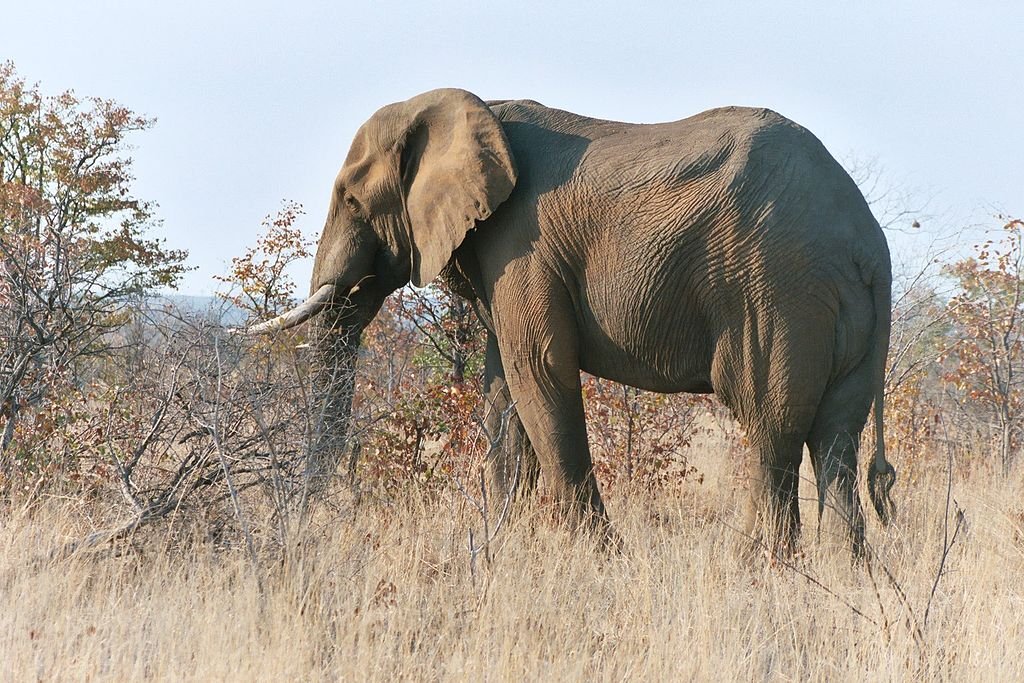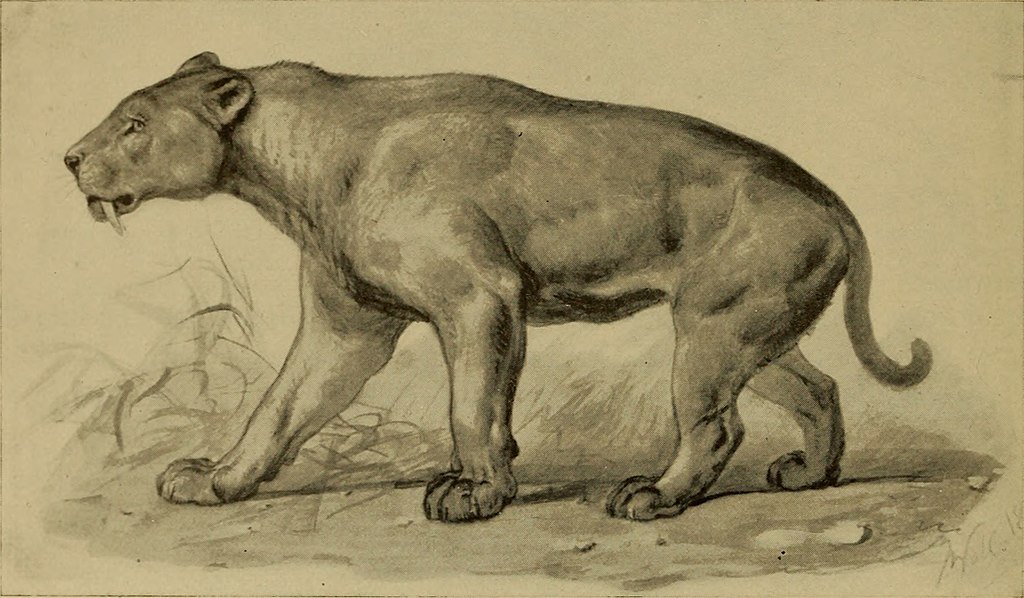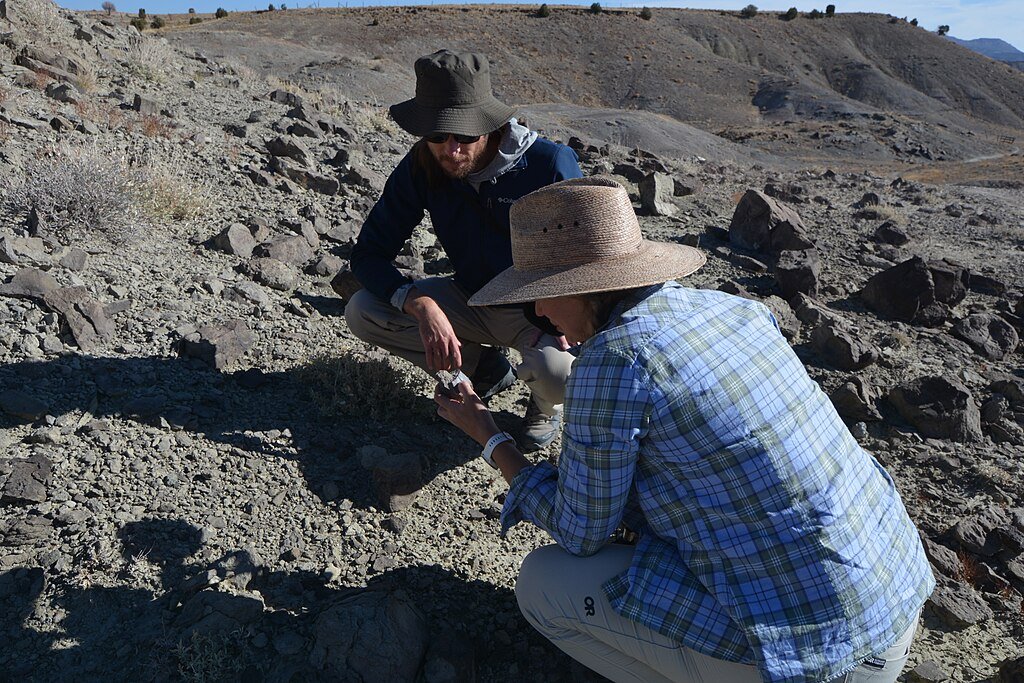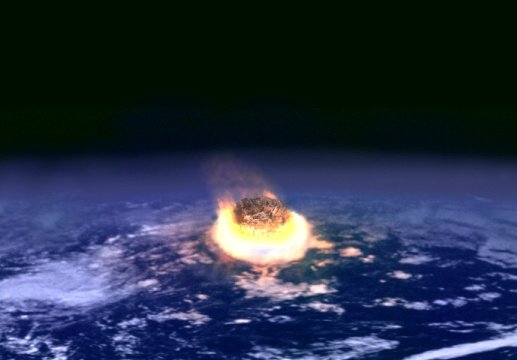New research reveals mammals were abandoning trees millions of years before the asteroid hit changing everything we know about their survival.
The Great Mammal Migration: From Trees to Terrain

For decades, scientists believed mammals only flourished after dinosaurs went extinct. But a groundbreaking 2025 study analyzing fragmentary limb bones from Late Cretaceous mammals reveals a shocking twist:
- Marsupials & placentals were already shifting groundward 10 million years before the asteroid
- Arboreal species dominated early Cretaceous forests, but by the Maastrichtian, terrestrial mammals outnumbered them 2:1
- Key evidence: Fossilized elbow and knee joints show adaptations for running, not climbing
“This wasn’t a sudden revolution it was a quiet rebellion,” says lead author Prof. Christine Janis (University of Bristol).
Flowering Plants: The Hidden Architects of Evolution
The shift coincided with an angiosperm explosion that reshaped ecosystems:
| Conifer Forests (Early Cretaceous) | Angiosperm Woodlands (Late Cretaceous) |
| Sparse understory | Dense shrubs & ground cover |
| Limited food sources | Insects, seeds, fungi proliferated |
| Arboreal niches dominant | New terrestrial microhabitats emerged |
Critical finding: Mammals didn’t wait for dinosaurs to die they pre-adapted to the future.
The Survival Lottery: Why Ground-Dwellers Won

When the asteroid struck, arboreal specialists faced extinction while terrestrial mammals survived. The reasons:
- Shelter access: Burrows protected against fires/acid rain
- Diet flexibility: Ground feeders ate seeds, roots, and decaying matter
- Energy efficiency: Running used 30% less energy than climbing
“Tree-dwellers were like high-rise residents during an earthquake nowhere to hide,” explains co-author Dr. Alberto Martín-Serra.
Marsupial Mystery: The Price of Arboreal Loyalty

Metatherians (marsupial ancestors) paid a heavy toll:
- Pre-extinction: 40+ species, both arboreal & terrestrial
- Post-extinction: Just 1 survivor (Peradectes, a ground-dweller)
Stunning contrast: Placental ancestors flourished in 75% of Paleocene mammals descended from terrestrial eutherians.
Bone Detectives: How Tiny Fragments Rewrote History

The study’s breakthrough came from analyzing micro-features that are often overlooked:
- Humeral trochleae (elbow joints): Wider in runners
- Femoral condyles (knee joints): Flatter in climbers
- Statistical match: 89% accuracy vs. modern mammal locomotion
“We’re reading evolution in bone wrinkles,” marvels Janis.
Lessons for the Next Mass Extinction

The findings reveal 3 survival rules still relevant today:
- Flexibility beats specialization
- Ground-level resources buffer collapse
- Slow adaptation > sudden innovation
“Dinosaurs were the headline act, but plants wrote the script,” concludes Martín-Serra.
Sources:

Suhail Ahmed is a passionate digital professional and nature enthusiast with over 8 years of experience in content strategy, SEO, web development, and digital operations. Alongside his freelance journey, Suhail actively contributes to nature and wildlife platforms like Discover Wildlife, where he channels his curiosity for the planet into engaging, educational storytelling.
With a strong background in managing digital ecosystems — from ecommerce stores and WordPress websites to social media and automation — Suhail merges technical precision with creative insight. His content reflects a rare balance: SEO-friendly yet deeply human, data-informed yet emotionally resonant.
Driven by a love for discovery and storytelling, Suhail believes in using digital platforms to amplify causes that matter — especially those protecting Earth’s biodiversity and inspiring sustainable living. Whether he’s managing online projects or crafting wildlife content, his goal remains the same: to inform, inspire, and leave a positive digital footprint.




